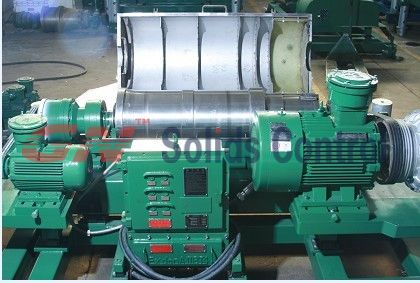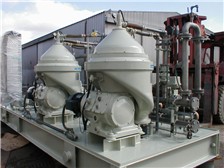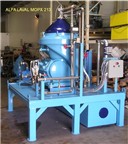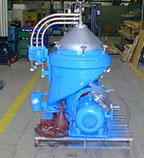It can also be used as a quality control material for the assessment of a laboratory's analytical work, for the validation of analytical methods and for quality assurance within a laboratory.
Origin and preparation of the material
The soil sample collected from the Sibolga area of northern Sumatra was donated by the Indonesian Atomic Energy Commission (IAEC).
The material was air dried and then ground to pass through a 0.18 mm sieve before being homogenized. The material was dispensed into plastic bottles in 50 g units without any further processing. Subsequently, the samples were irradiated to a dose of 2.5 x 104 Gy using a 60Co source to ensure long-term stability of the material by inhibiting microbial action.
Date of Release: January 1991 | Unit Price: 50 € | Unit Size: 50 g |
Producer:
Chemistry Unit
Agency's Laboratories, Seibersdorf
A-2444 Seibersdorf, Austria | Supplier:
Analytical Quality Control Services
Agency's Laboratories, Seibersdorf
A-2444 Seibersdorf, Austria |
|
Reference Date for decay correction: 30st January 1988 |
| Analyte | Status | Activity Concentration
[Bq/kg] (Based on dry weight) | 95% C. I.
[Bq/kg] | N* |
| 226Ra | R | 269 | 250 – 287 | 25 |
| Analyte | Status | Concentration
[mg/kg] (Based on dry weight) | 95% C. I.
[mg/kg] | N* |
| Th | R | 91.4 | 81.3 – 101.5 | 32 |
| U | R | 16.5 | 15.7 – 17.4 | 29 |
| * | Number of accepted laboratory results which were used to calculate the recommended values and their respective confidence intervals about the mean value. |
| (R/I) | Classification assigned to the property value for Analyte (Recommended/Information) |
The values listed above were established on the basis of statistically valid results submitted by laboratories which had participated in an international intercomparison exercise organized during 1990. The details concerning the criteria for qualification as a recommended value can be found in the report (IAEA/AL/036) "Report on the Intercomparison Run IAEA-312: 226Ra, Th and U in Soil" [1]. This report is available free of charge upon request.
Homogeneity
The homogeneity of the bottled material was assessed by the determination of uranium using laser fluorimetry in two 500 mg sub-samples taken from a number of bottles chosen at random from the whole production run. The between and within bottle variability was assessed (on the basis of the F test, at the 95% confidence level) and indicated that the contribution due the heterogeneity of the material was small and therefore the material could be considered to be homogeneous for a sample size at or above 500 mg.
Dry weight determination
All recommended values are expressed on a dry weight basis. Therefore the dry weight must be determined at the time of analysis, using separate sub-samples of at least 500 mg dried to constant weight in a drying oven set to 105 °C. Subsequent weighings should differ by less than 5 mg.
Instructions for use
The recommended sample size for analysis is 500 mg. Analysts are reminded to take appropriate precautions in order to avoid contamination of the material during handling. No special precautions are required for the storage of this material.
References:
![]() IAEA-312(.pdf)
IAEA-312(.pdf)











